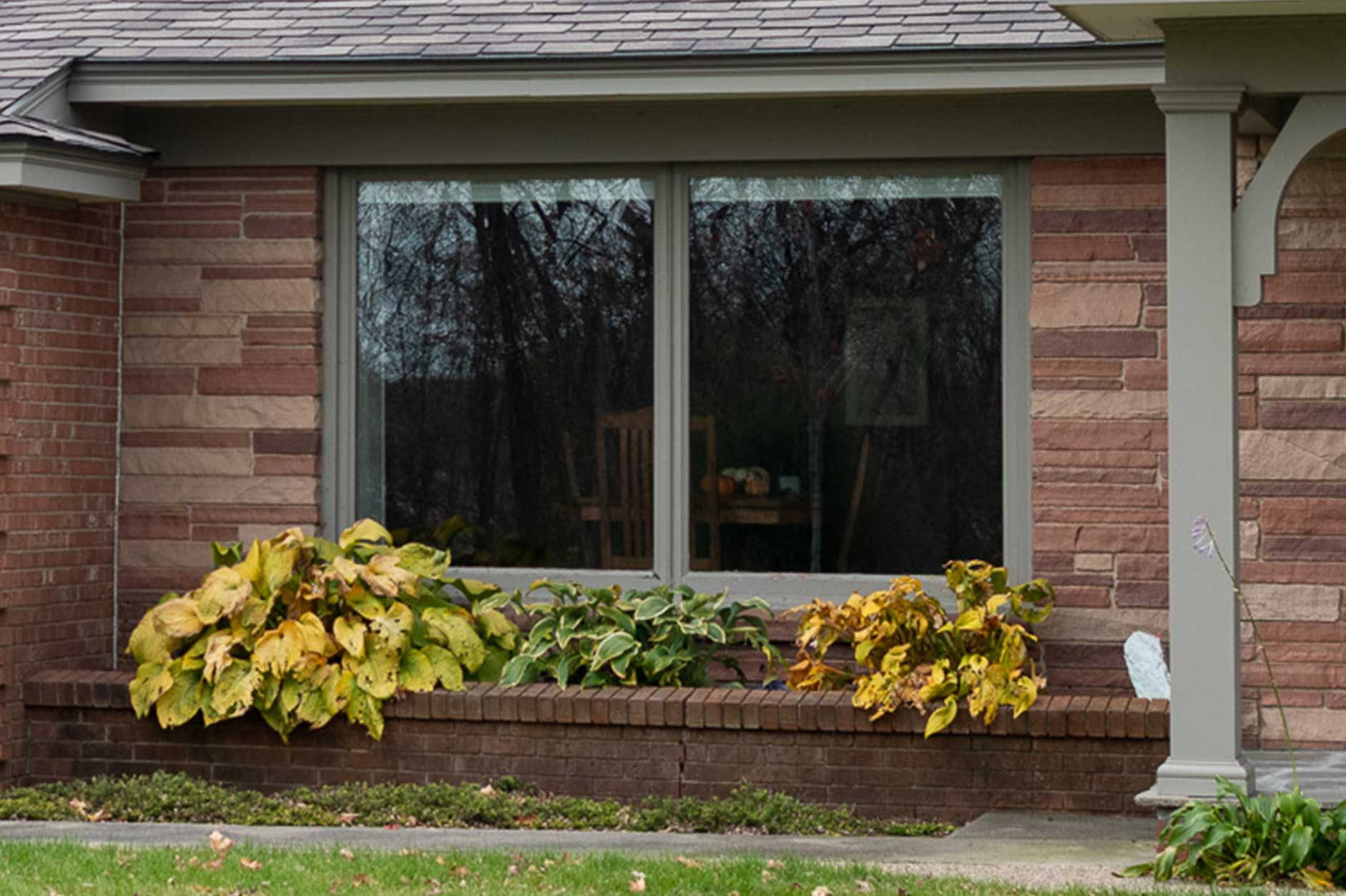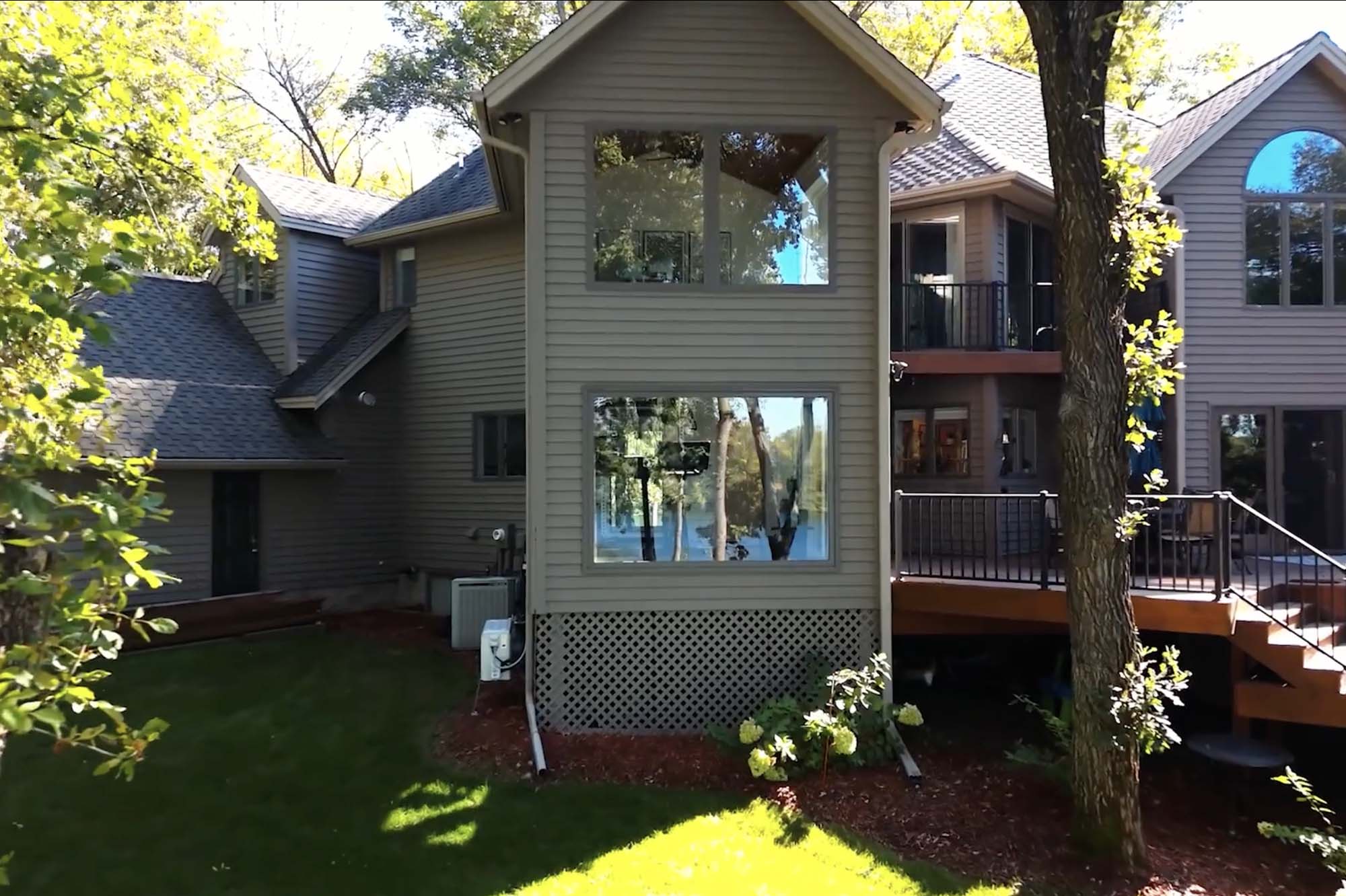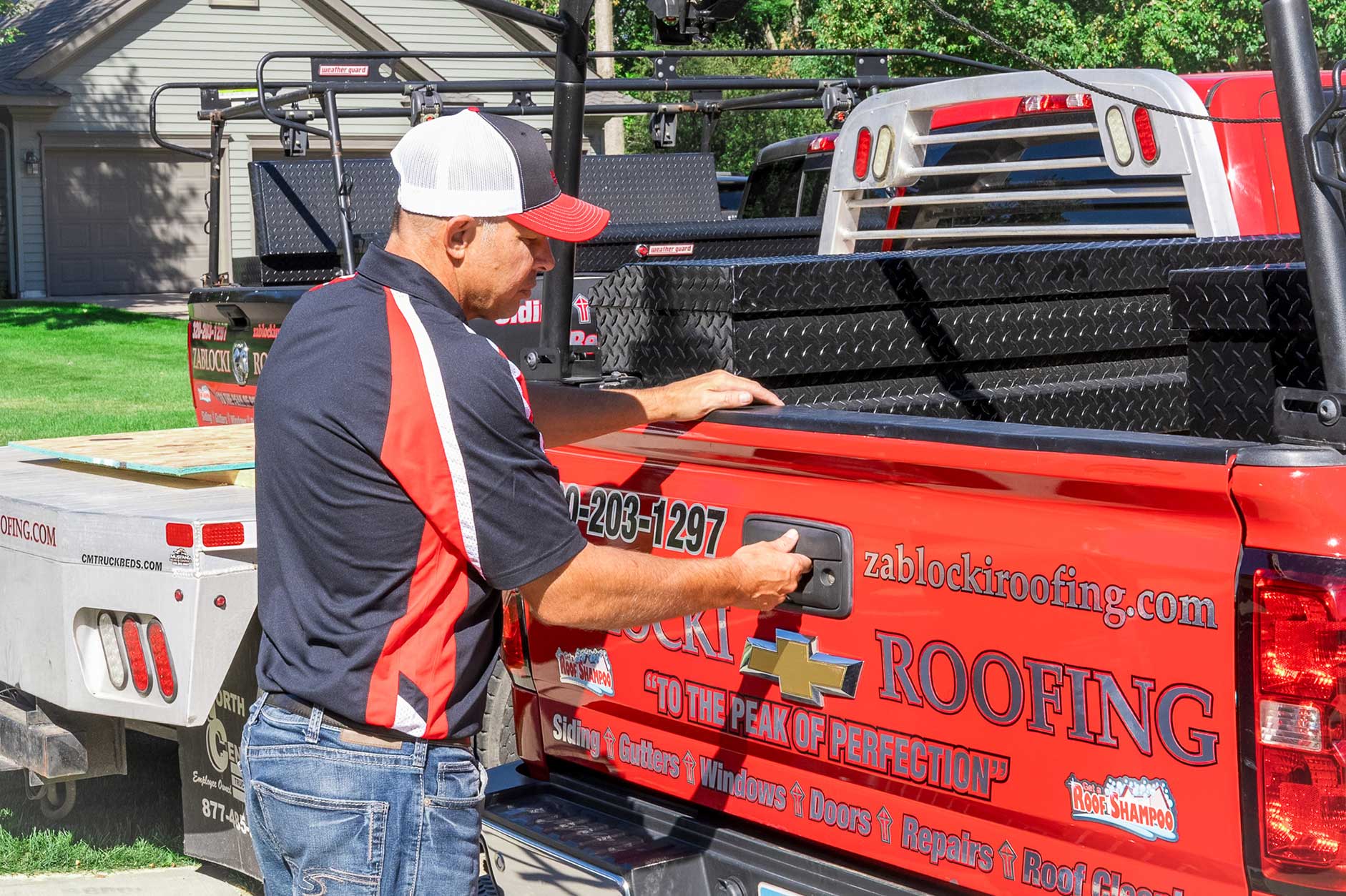Can New Windows Really Lower My Bills?
Modern energy-efficient windows can reduce Minnesota heating bills by $134 to $366 annually, according to verified data from the Department of Energy and ENERGY STAR. With window replacement costs ranging from $400 to $1,000 per window and federal tax credits expiring December 31, 2025, understanding the real return on investment helps homeowners make informed decisions about this significant upgrade.

Windows lose 45% of your home's heat despite covering just 8% of exterior walls. For Minnesota homeowners facing harsh winters and paying $1.22 per therm for natural gas, upgrading to modern ENERGY STAR certified windows delivers measurable savings between $134 and $366 annually, depending on what you're replacing. With federal tax credits expiring December 31, 2025, and window replacement costs ranging from $400 to $1,000 per window in Minnesota, understanding the real numbers helps you make informed decisions about this significant investment.
Why Minnesota's Climate Demands Better Windows
Minnesota homeowners face one of the nation's most challenging climates for energy efficiency. Minneapolis averages 7,800 to 8,000 heating degree days annually compared to just 600 to 700 cooling degree days. Northern Minnesota cities like Duluth experience even harsher conditions with 10,000 heating degree days, while International Falls reaches 10,600 heating degree days per year.
These numbers translate directly to energy consumption. The U.S. Department of Energy reports that windows account for 25 to 30% of residential heating and cooling energy use. ENERGY STAR research reveals an even more striking statistic: while windows typically represent only 8% of your home's exterior surface area, they're responsible for approximately 45% of heat gain and heat loss.
The National Renewable Energy Laboratory's studies confirm that upgrading window performance in cold climates like Minnesota delivers the most significant returns. Their research shows that northern regions with high heating degree days see greater annual savings from window replacements than moderate or hot climates. For Minneapolis specifically, NREL calculated annual savings of $144 to $181 when replacing old clear double-pane windows with modern triple-pane low-e windows.
Understanding Window Performance Numbers
Two numbers on the NFRC label tell you everything about window energy performance. U-factor measures how well a window insulates your home. Think of it as the opposite of insulation value. It tells you the rate that heat escapes through your window in winter or enters in summer. Lower numbers mean better insulation. For Minnesota's northern climate, ENERGY STAR Version 7.0 requires U-factor of 0.22 or lower for windows, which typically demands triple-pane construction with low-emissivity coatings and argon or krypton gas fills.
To put this in perspective, single-pane windows have terrible U-factors around 1.29, meaning they lose heat five to six times faster than modern ENERGY STAR windows. Older clear double-pane windows from the 1980s and 1990s typically have U-factors of 0.50 to 0.60, still two to three times worse than current standards. Quality modern double-pane windows achieve 0.27 to 0.35, while the best triple-pane windows reach 0.19 to 0.20.
Solar Heat Gain Coefficient measures how much solar heat passes through your window on a scale from 0 to 1. In Minnesota's cold climate, you actually want moderate solar heat gain because free heat from winter sunshine helps offset heating costs. That's why ENERGY STAR requires northern zone windows to have SHGC of 0.17 or higher, ensuring windows don't block too much beneficial solar warmth. Minnesota homeowners should look for SHGC values between 0.25 and 0.40.
The Performance Gap Between Old and New
The performance difference between vintage windows and current ENERGY STAR certified products is dramatic. Research from Lawrence Berkeley National Laboratory confirms that modern double-glazed low-e windows reduce heat loss by more than 50% compared to single glazing.
Single-pane windows are energy disasters. With U-factors around 1.29, they provide virtually no insulation. The Department of Energy calculates that for a typical 2,376 square-foot home with 15% window area, replacing single-pane windows with modern ENERGY STAR certified double-pane low-e windows can save $366 per year on average nationwide.
Older double-pane windows aren't much better. Many Minnesota homes built in the 1970s through 1990s have clear double-pane windows without low-e coatings or gas fills, offering U-factors of 0.50 to 0.60. ENERGY STAR data shows that replacing these dated double-pane clear glass windows with current certified models saves approximately $134 per year for a typical home.
Storm windows offer a middle-ground solution for historic homes or budget-conscious homeowners. The EPA estimates that ENERGY STAR certified low-e storm windows save approximately $350 annually when installed over single-pane clear glass windows, about a 10% reduction in heating and cooling costs.
What Window Replacement Actually Costs
The National Renewable Energy Laboratory conducted comprehensive cost analysis based on detailed interviews with manufacturers, distributors, and installers across the country. Their research found national averages of $600 per window for total installed cost, with an observed range of $200 to $980 per window. The cost breakdown reveals that window materials and hardware represent just over half the total investment, while installation labor, overhead, profit, and miscellaneous costs make up the remainder.
Minnesota-specific costs run somewhat higher due to our climate requirements and regional market factors. Typical ranges fall between $400 and $1,000 per window installed, meaning $5,600 to $10,000 for a typical home with 10 windows or $30,000 to $70,000 for comprehensive whole-home projects with 15 to 30 windows of varied sizes.
Several factors drive Minnesota costs upward. Minnesota's northern climate zone requires triple-pane windows to meet current ENERGY STAR standards, which cost more than double-pane units sufficient for southern states. Installation complexity adds significant costs because the state's extreme freeze-thaw cycles often cause hidden moisture damage to window frames and surrounding structures, making full-frame replacement necessary rather than simpler pocket insert installations.
Calculating Realistic Payback Periods
Using current Minnesota energy prices of 12.21 cents per kilowatt-hour for electricity and $1.22 per therm for natural gas, we can project returns for typical upgrade scenarios.
For replacing single-pane windows in a Minneapolis-area home with 15 windows, replacement costs around $9,000 at $600 average per window. Annual energy savings total $366 based on ENERGY STAR data. The federal tax credit provides $600, bringing net cost after tax credit to $8,400. This yields a simple payback of 23 years, or 18 to 20 years when accounting for 3% annual energy price increases. This scenario has the longest payback period but delivers the greatest annual savings and substantial comfort improvements beyond the financial calculation.
For replacing older double-pane clear glass windows with 15 modern triple-pane windows at $12,000 total cost, annual energy savings reach $181 based on NREL data for Minneapolis. With the $600 federal tax credit, net cost becomes $11,400, resulting in a 63-year simple payback. This illustrates why replacing functional older double-pane windows purely for energy savings often doesn't pencil out on financial terms alone. However, several factors improve the actual return on investment, including window lifespan of 20 to 30 years, avoided maintenance costs, substantial comfort improvements, property value increases of 70 to 80% of replacement cost, and historical energy cost increases of 2 to 4% annually.
Available Incentives and Critical Deadlines
The financial landscape for window replacement incentives in Minnesota is currently limited, with one significant federal program expiring soon. The Energy Efficient Home Improvement Credit offers the most substantial incentive currently available, but Minnesota homeowners have only until December 31, 2025 to complete projects and claim the credit.
The program provides 30% of product cost with a maximum of $600 per year for all windows and skylights combined. The credit requires ENERGY STAR Most Efficient certification, not just regular ENERGY STAR status, and must be verified through the NFRC Certified Product Directory using the CPD number on the NFRC label.
Minnesota utility rebates are extremely limited. Minnesota Power offers $15 per window, the only Minnesota utility currently providing window rebates. Requirements include ENERGY STAR certification for Northern Climate Zone, installation where electricity is primary heat source, and location within Minnesota Power's northeastern Minnesota service territory.
The Minnesota Home Efficiency Rebate Program will eventually include windows as part of whole-home weatherization upgrades, offering $2,000 to $8,000 or more per home based on energy savings achieved and household income. However, as of November 2025, this program has not launched despite initial expectations for late 2024 or early 2025 availability.
Making the Right Decision for Your Home
The decision ultimately depends on your windows' current condition and your priorities. If your windows are more than 20 years old, show visible deterioration, have failed seals, or feel drafty, replacement makes sense now. The federal credit improves the value proposition before it expires. If your windows are less than 15 years old and already double-pane with low-e coatings, other efficiency improvements like insulation or air sealing likely deliver better returns.
Minnesota's extreme climate makes window performance matter more than in moderate climates, and verified government and research data confirms that modern ENERGY STAR windows deliver meaningful energy savings. Understanding the real numbers from the Department of Energy, NREL, and ENERGY STAR helps Minnesota homeowners make informed decisions about this significant home investment. With the federal tax credit expiring in weeks, homeowners considering window replacement should act quickly to capture this $600 benefit before it disappears entirely.



